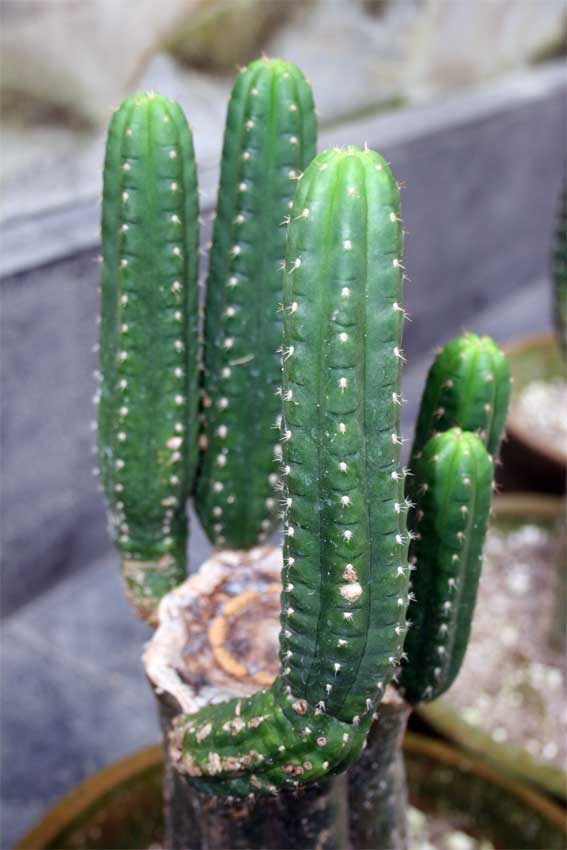

Peyote is a small, fat, stubby cactus with white tufts instead of spines and is usually greeny-blue or grey-colored. Peyote became popularized in the 1960s thanks in part to Carlos Casteneda’s book Teachings of Don Juan. It is native to Central Mexico and Texas and is usually found in limestone desert or desert-shrub regions. Peyote or Lophophora williamsii is the most well-known psychoactive cactus and also the strongest, containing between 1 and 6 percent mescaline. Both have very high concentrations of mescaline and both are commonly in ritualistic ways. Two cacti, in particular, are most widely recognized: San Pedro and Peyote. The consumption of sacred cacti traces back thousands of years indigenous people from Mexico, South, Central, and North America have traditionally used these plants for spiritual and healing purposes under the guidance of a shaman or curandero (healer). The infamous psychoactive alkaloid called mescaline is perhaps the most well-known member of this family (scientifically referred to as 3, 4 and 5 trimethoxyphenethylamine ). Psychedelic cacti are a naturally occurring source of phenethylamine compounds. In this blog post, we are going to take a closer look at psychedelic cacti and their many benefits. There are plenty of plants, herbs, roots, and even cacti that contain psychoactive compounds which will alter your mind and shift your consciousness. Magic mushrooms are not alone in the world of sacred plants and environmental entheogens ─ nature has kindly provided us with many psychedelic treats.


 0 kommentar(er)
0 kommentar(er)
